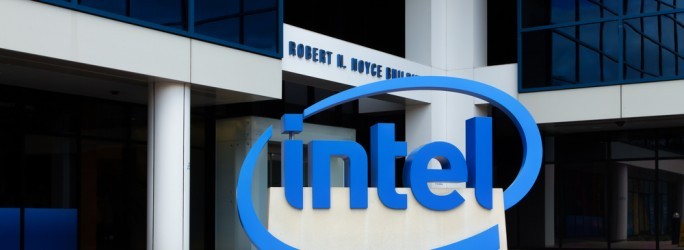Intel posts reduced profit with ongoing PC decline

Intel reports a better than expected profit, but hefty cost cutting impacts chip-maker’s bottom line
Intel has posted a mixed set of quarterly results, as shareholders took fright as the company struggled with the ongoing PC decline, slowing data centre demand, and a painful headcount reduction.
Mixed Results
For the second quarter, Intel posted a net profit down 51 percent to $1.3 billion (£986m) from $2.7 billion (£2bn) in the same year ago quarter. Intel was hit here by a one-time charge of $1.41 billion (£1.07bn) due to its cost-cutting drive.
Revenues meanwhile rose 3 percent to $13.5 billion (£10.2bn) from £13.2 billion (£10bn) a year earlier.
 “Second-quarter revenue matched our outlook and profitability was better than we expected,” said CEO Brian Krzanich. “In addition, our restructuring initiative to accelerate Intel’s transformation is solidly on-track.”
“Second-quarter revenue matched our outlook and profitability was better than we expected,” said CEO Brian Krzanich. “In addition, our restructuring initiative to accelerate Intel’s transformation is solidly on-track.”
“We’re gaining momentum heading into the second half,” said Krzanich. “While we remain cautious on the PC market, we’re forecasting growth in 2016 built on strength in data centre business, the Internet of Things and programmable solutions.”
When the results are examined on a departmental basis, the Client Computing Group (which includes PCs) remains Intel’s main revenue driver despite its attempt to expand into IoT and the cloud, after this unit posted sales of $7.3 billion (£5.5bn), down 3 percent sequentially and down 3 percent year-over-year.
This was despite a better than expected performance in the overall PC industry after analyst IDC said that global shipments had fallen less than previous expected.
The Data Centre Group has been Intel’s growth driver recently, but there are concerns about slowing growth here after it only posted a 1 percent sequential rise to $4bn (£3bn), which is still up 5 percent year-over-year.
The Internet of Things group meanwhile posted revenue of $572 million (£434m), down 12 percent sequentially and up 2 percent year-over-year; the Non-Volatile Memory Solutions group posted revenue of $554 million (£420m), down 1 percent sequentially and down 20 percent year-over-year; the Intel Security group posted revenue of $537 million (£407m), flat sequentially and up 10 percent year-over-year; and finally the Programmable Solutions group posted revenue of $465 million (£352m), up 30 percent sequentially.
Corporate Restructuring
Intel of course is in the midst of a painful restructuring process. In April it announced it would cut 12,000 jobs this year, an equivalent of 11 percent of the chip-maker’s entire workforce.
That came on top of other job cuts. In 2014 for example, it trimmed 5,000 jobs, or five percent of its workforce and closed a number of factories around the world.
And it seems that Intel staff are not entirely onboard with Krzanich’s direction for the company after he previously admitted that some Intel staff were “pushing back” against management’s efforts to increase the diversity of its workforce.